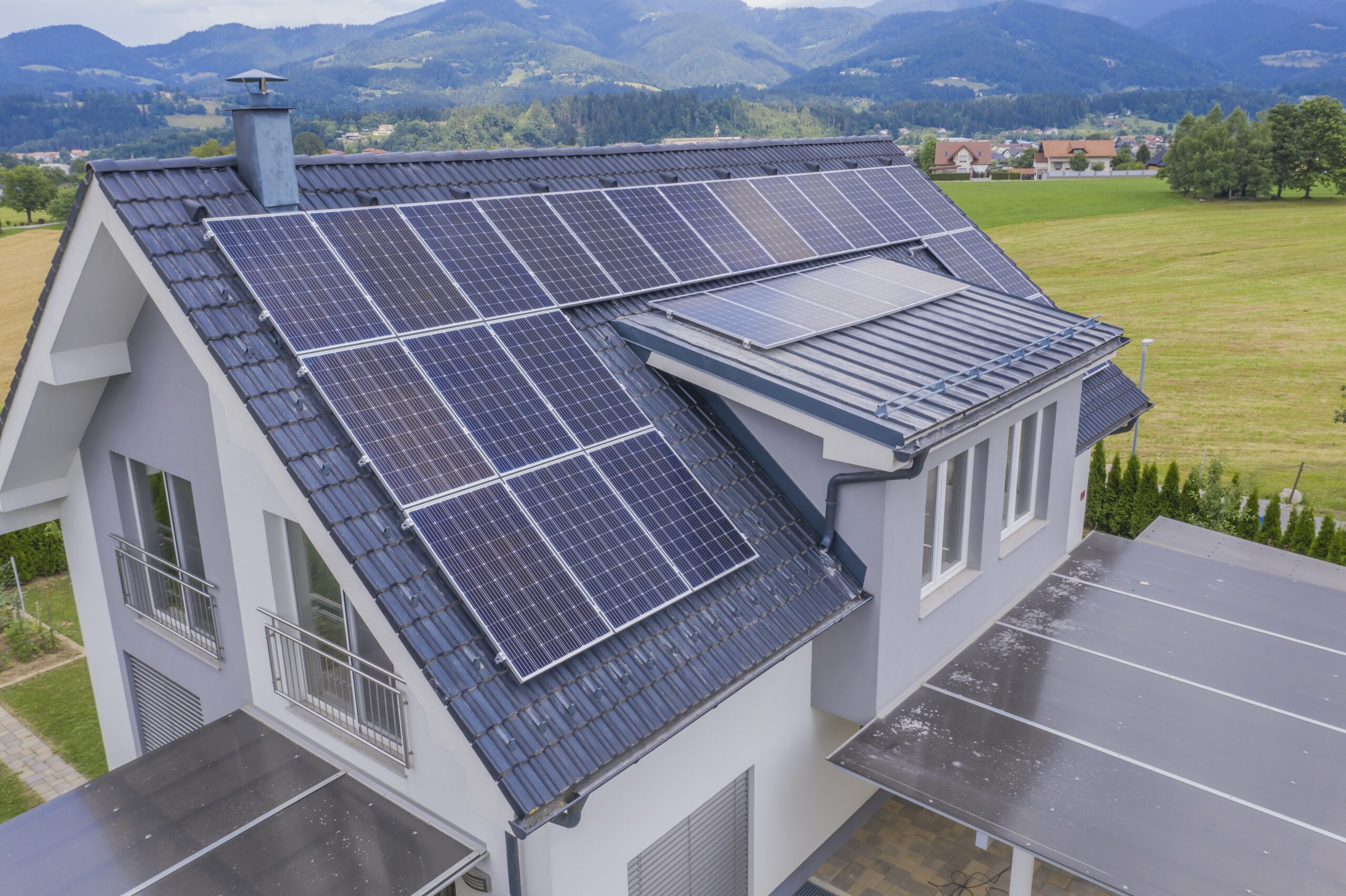Growing Global Shift Towards Renewable Energy
In the IEA’s flagship annual report “Renewable 2024 Report,” it stated that the world is set to add 5,500 gigawatts of new renewable energy capacity between 2024 and 2030, which is three times more than the increase seen between 2017 and 2023. Many rich and poor countries are working on incorporating renewable energy into their grids. Currently, renewable energy contributes 21% to the national grid, and according to the National Renewable Energy Laboratory, it will rise to 60%-80% by 2030. India accounts for 46% of renewable energy contribution. The world is witnessing a surge in demand for renewable energy. But are the prices of renewable energy dropping, and is it becoming affordable for households?
Rising and Falling Costs: Renewable Energy vs. Fossil Fuels
The cost of renewable energy is decreasing drastically. The most used renewables are solar photovoltaic, onshore wind, and hydropower. The price of solar energy has decreased by 90% in the last decade, wind power by 70%, while the cost of hydropower has increased by 2%.
According to IRENA’s report, the average cost of solar PV electricity fell to $0.044 per kilowatt-hour, and onshore wind to $0.033 per kilowatt-hour. This is 12% less than the previous year.
Coal power plants provide 45% of the electricity in the USA. It takes 3.2 cents per kWh to produce power from coal, but it causes an additional $5.6 in damage to well-being. By adding the social cost, the electricity from natural gas plants costs roughly 6.5 cents per kWh, which is 25% more than the cost of electricity generated from coal plants.
The price of petrol per liter is now more than $3, nearly three times higher than two decades ago. A similar price hike can also be seen in other fossil fuel-based energy production.

Why Green Energy Is Becoming More Affordable
While the initial implementation cost may seem expensive, the eventual output of renewable energy is better than that of non-renewable sources. This makes renewable energy more in demand worldwide. Countries are adopting new renewable technologies and making policies that reduce carbon emissions.
The world has a limited amount of fossil fuels. Policies and global organizations are discouraging their use. Carbon taxes are also a major reason why countries are shifting toward alternatives. All these factors are creating a demand for cheaper energy sources.
Key players in the renewable energy sector are fulfilling the demand by using modern-age technologies. China, for example, exported 235.93 GW PV modules in 2024. New air turbine technologies are also increasing the efficiency of energy production.

The Future Cost of Renewable Energy
Renewable energy is currently the cheapest option available worldwide. The drastic drop in solar and wind energy costs is giving hope to researchers that cheap electricity from renewable sources could provide 65% of the world’s total electricity supply. It also has the potential to decarbonize 90% of the power sector by 2050.
In 2022, the US spent $7 trillion on subsidizing the fossil fuel industry through explicit subsidies and tax breaks, causing significant damage to health and the environment. Meanwhile, the US needs to invest $4.5 trillion per year to achieve net-zero emissions by 2050. While the initial investment may seem large, renewable energy will pay off in the long run. As it requires lower maintenance, is more efficient, and has an endless energy supply, it has the potential to reduce pollution and save the world





